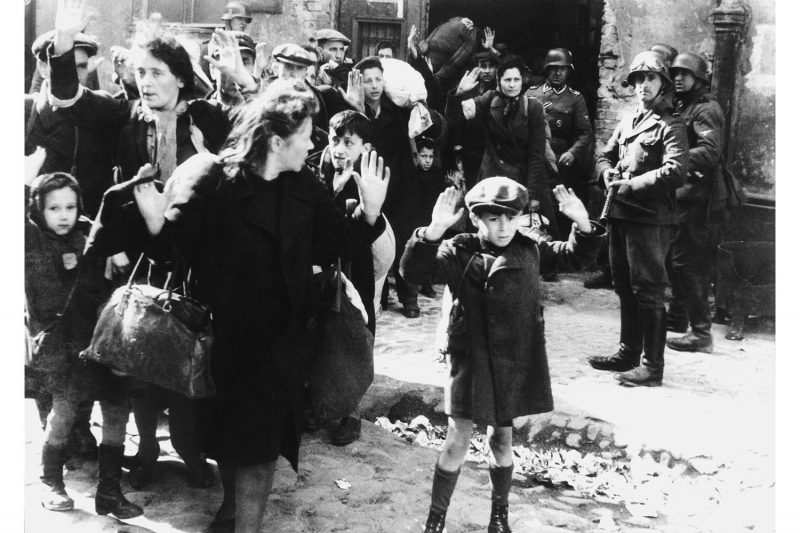I try not to despair over the state of the world right now, but the world is making it awfully hard. Some of the most vulnerable people on this planet, those feeling persecution or war or enormous economic hardships: refugees and migrants, have now become pawns in political games, used for power games. This fact ought to be acknowledged as maybe the defining shameful moment of these times. History, of course, offers its precedents, and yet again those of us who are aware of its lessons are made to live with the added despair of that knowledge.
I certainly never thought I would live to see the day where one of the richest countries in the world would set up concentration camps for migrant children who were forcibly separated from their parents. But this is indeed what happened. If the use of that term offends you, here’s what Andrea Pitzer, author of One Long Night: A Global History of Concentration Camps, wrote: “I will continue to use ‘concentration camp’ for any internment of families clearly designed to punish them through indefinite detention, whether children and parents are together or apart. […] Civilians sit confined like dangerous criminals, corralled in pens or cages like animals, all due to policies (not laws) that place asylum-seekers outside the normal legal process. It is clear that this was planned months ago to punish a vilified minority.” (my emphasis)
Despite traveling quite a bit over the past four weeks, of course I became aware of a picture John Moore took showing a crying migrant toddler (see a lot more of his work in context here). It pains me to look at that picture, but certainly that’s the least I — or anyone else — could do from their own point of privilege: to feel that pain, which is nothing compared with what this young girl and her fellow migrants are actually going through.
And then Time Magazine (of course!) needed to make use of the picture, producing an illustration for their cover: “A reckoning after Trump’s border separation policy: What kind of country are we?” “But how far are we willing to go to let a 2-year old girl be the symbol of a national crisis?”, asked Kainaz Amaria, adding: “Photojournalism, and journalism broadly, has always been intrinsically tied to the bottom line.” The road to the bottom line, we might realize, can be paved with good intentions, but it’s still the road to the bottom line (please excuse the clunky metaphor).
Thinking about the larger world of photography and in particular about photographs, it dawned on me that it really are only photographs of children in their most vulnerable state that still manage to shake the world’s conscience, for however fleeting a moment. Beyond the photograph of the crying toddler, there recently have been the dazed Syrian boy pulled from rubble sitting in an ambulance, the dead Kurdish toddler (Alan Kurdi) at a Turkish beach, or the screaming, blood-soaked Iraqi child (Samar Hassan) whose parents had just been killed. Go further back in time, and you’ll find a lot more, whether it’s Nick Ut’s famous Vietnam War photograph, or the image you see at the top, taken when the Warsaw Ghetto was eliminated.
It gives me some consolation that photography is not entirely powerless in this world, that there can indeed be photographs that rattle people enough to demand some change, however fleeting those moments might actually be. At the same time, it seems the only pictures left to do that are of the most vulnerable members of humanity, children, usually depicted as the most vulnerable members of an already vulnerable population, whether it’s migrants, civilians in a war zone…
I don’t know what we can do to get to a place where collectively we care more about each other to be moved by all pictures of hardship, not just the one inflicted upon children. What I do know, though, is that even as these times seemingly are out of control, with the worst human impulses now coming out and being enacted in our very midst, we might want to pause (those of us who care anyway), to collect our thoughts, to not feed more into the seemingly endless feedback loop of anger and resentment, and to think about how we can do better.
The pictures are there to show us the consequences of the many injustices in the world. The fact that they’re still happening — that’s not on the photographs (or photographers).
That’s on us.
